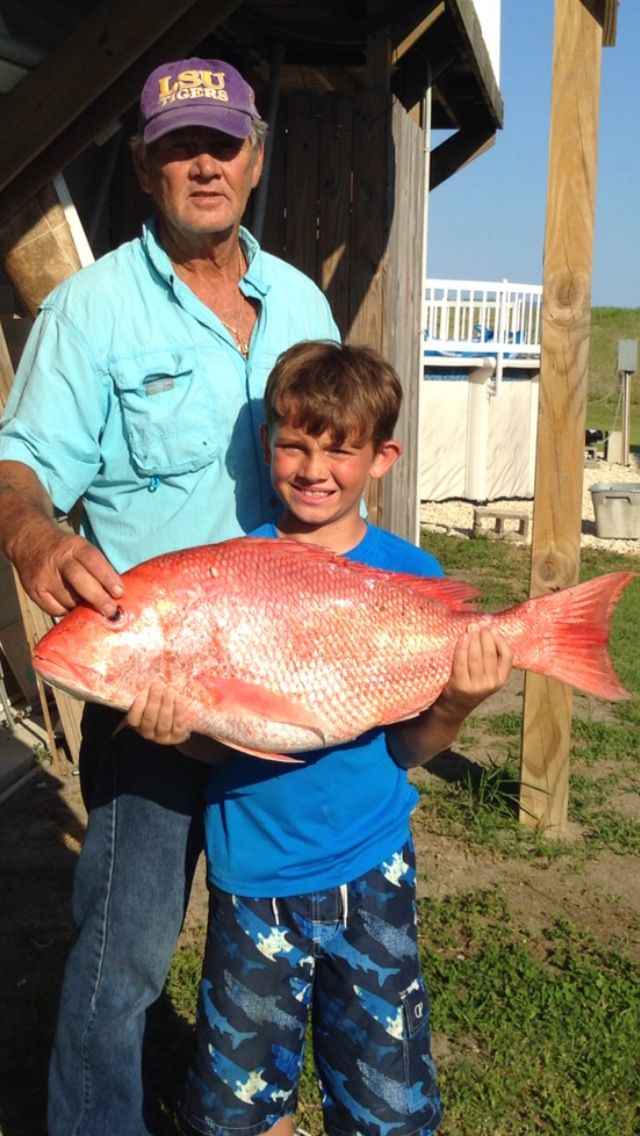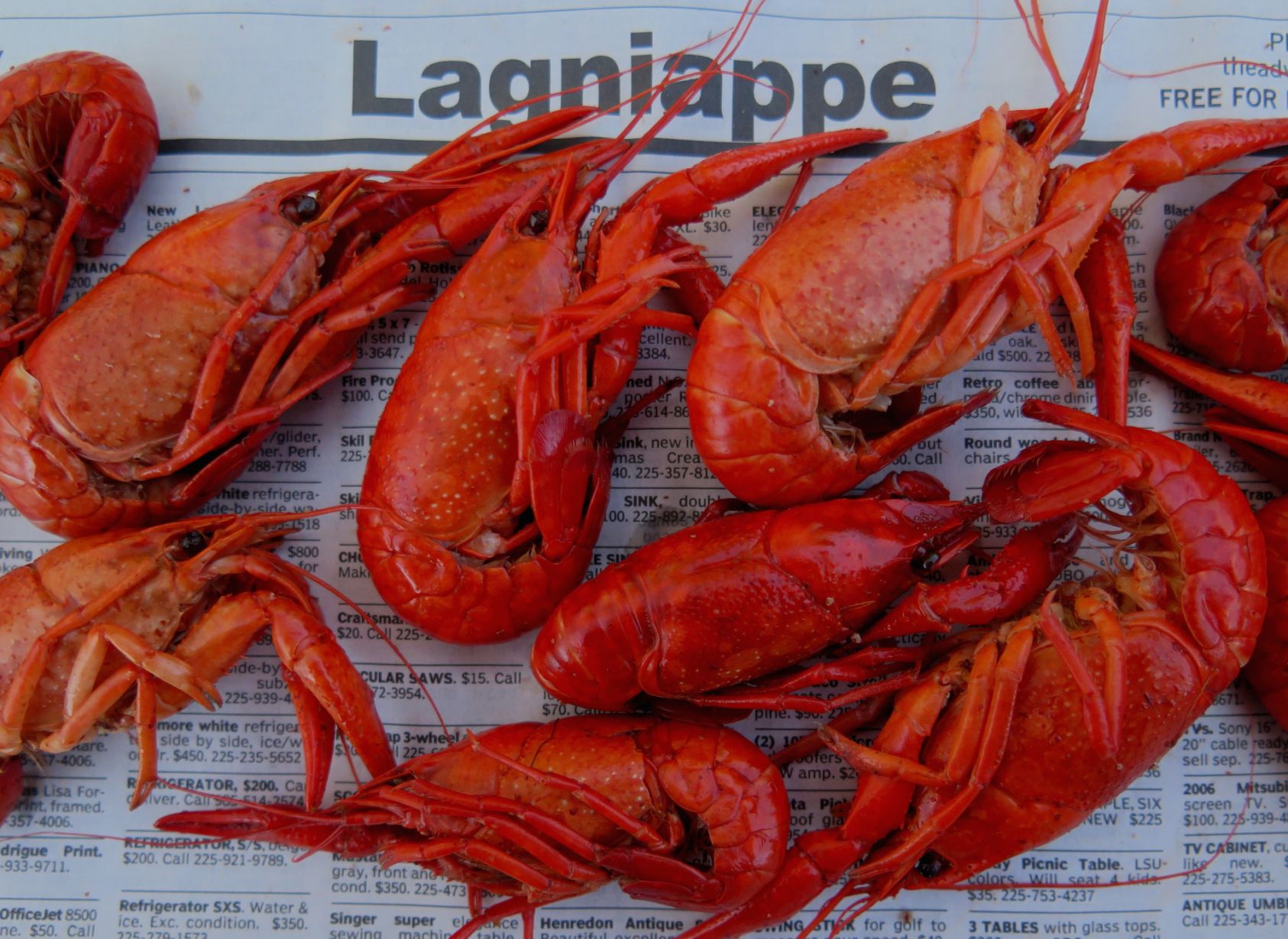
It’s a Woman’s World: NSU bass thriving with female angler
June 16, 2015
Red snapper battle lingering on
June 16, 2015It is Rip Current Awareness Week and, according to Dr. Chris Houser of Texas Sea Grant, there have been an unusual number of rip drownings this spring.
For that reason a survey concerning rip currents is currently being conducted.
According to Dr. Houser and Dr. Rob Brander of the University of New South Wales, they are “… using the survey to determine what people know about rip currents and what they understand about the hazard from the warning signs you typically see at the beach.”
Anyone interested in participating in the study can do so by going online and completing the survey at https://tamu.qualtrics.com/SE/?SID=SV_e8NBaghB7R7VETr.
Or you can go to the NOAA rip current website listed at the end of this article and click into the survey from there.
“Rip Currents: Break the Grip of The Rip!” is the slogan for a nationwide campaign to make people aware of the dangers of rip currents and how to escape them safely.
Each year over one hundred people drown in rip currents. Along our Gulf Coast, during the period of 1999 through 2013, over 350 people died due to rip currents. Florida had the highest number of fatalities at 297, followed by Alabama with 29 then Texas with 25 and Louisiana with 3.
Rip currents are channelized currents of water that flow away from the beach shore out into the gulf or ocean.
They’re formed when waves break near the shoreline, piling up water along the shore. The water seeks to escape from the shoreline area and return back offshore.
This sometimes results in a narrow stream of water that moves quickly offshore … a rip current. People sometimes call these currents “undertows” or “riptides”, but those terms are not correct and should not be used when talking about rip currents. Rip currents pull people out to sea not under.
Rip currents can be as narrow as 10 to 20 feet or as much as ten times wider than that. Sometimes the water in rip currents can travel very slowly, almost unnoticeable. At other times these currents can flow at speeds of over five miles per hour, faster than an Olympic swimmer can swim.
So, what to do if you’re caught in a rip current? First, don’t panic and don’t try to swim against the current. Rip currents generally only go out a short ways offshore, then pan out. It’s sort of like being caught on a treadmill: no matter how fast you walk forward, you can’t get off. The thing to do is to either quit walking and be pulled off, or step to the left or the right and get off. The same principle applies to rip currents. Don’t swim against them. Either let the current pull you out then swim back, at an angle, to the bank, or just swim to the left or the right of the current, parallel to the shore. Once out of the rip current, then swim back to shore.
A NOAA fact sheet on rip currents recommends that if caught in one:
– Try to remain calm to conserve energy.
– Don’t fight the current.
– Think of it like a treadmill you can’t turn off. You want to step to the side of it.
– Swim across the current in a direction following the shoreline.
– When out of the current, swim and angle away from the current and towards shore.
– If you can’t escape this, try to float, or calmly tread water. Rip current strength eventually subsides offshore.
– If at any time you feel you will be unable to reach shore, draw attention to yourself: face the shore, wave your arms, and yell for help.
More information concerning rip currents — what they are, the dangers, and how to escape — is available at NOAA’s National Weather Service Rip Current Safety website: www.ripcurrents.noaa.gov.
They also have a great online training program called “Break the Grip of the Rip”. It is interactive and has nearly 30 modules covering everything from rip current fatalities by state to how rip currents are formed and how they kill, to how to escape rip currents and how to become more aware of rips and the dangers involved in encountering them.
Going through this course would be a great way to prepare you and your family should you face any rips on your next beach adventure.
Alan Matherne is the Louisiana Sea Grant / LSU AgCenter Marine Extension Agent specializing in Coastal, Fisheries, & Wildlife Outreach for Terrebonne, Lafourche, and Assumption parishes. He can be contacted at 985-873-6495.








